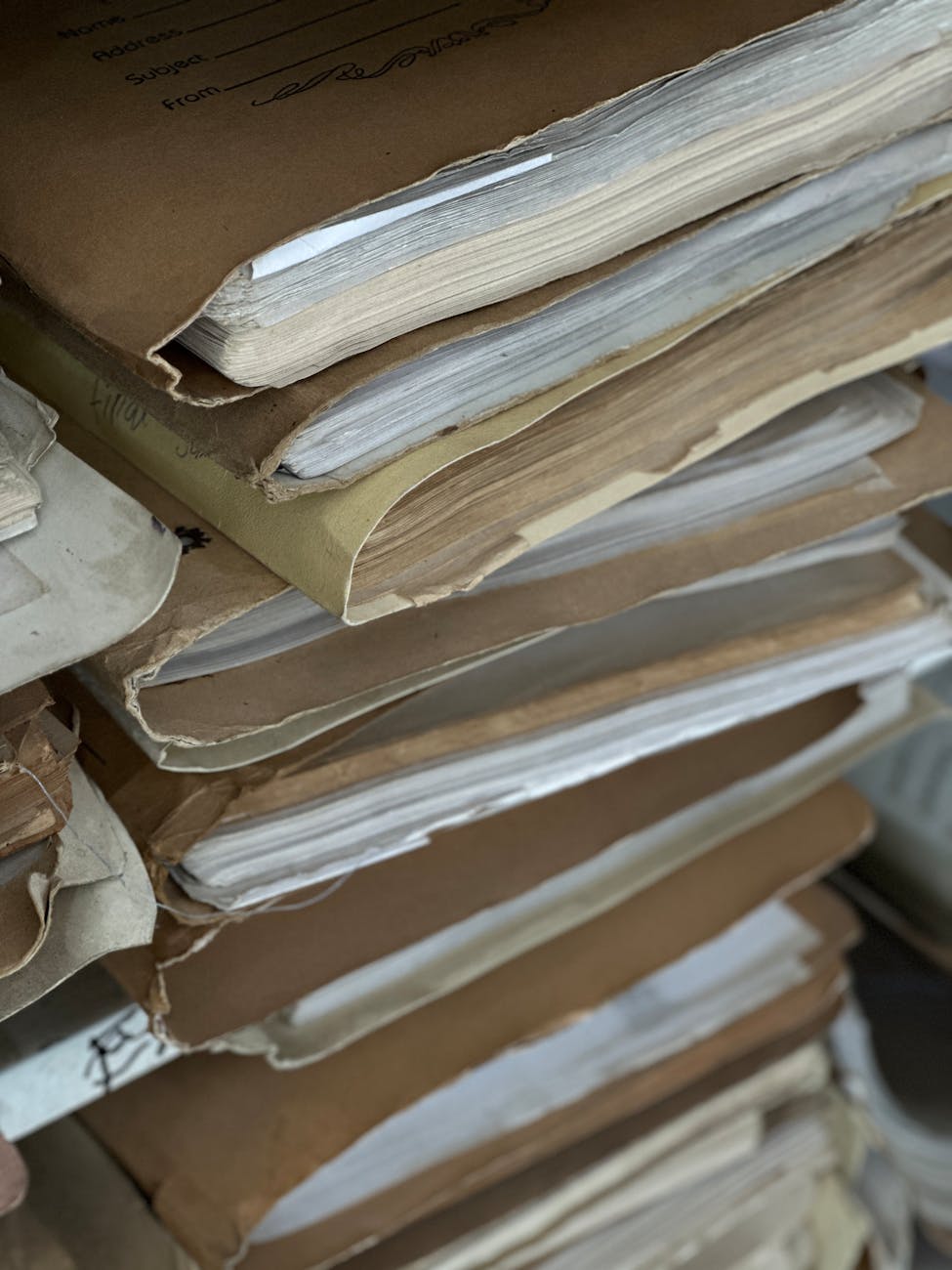OK, with my handy new Canon Rebel XT, here is the workflow I use. It is a best tool for the job procedure:
# Colorvision Spyder2Pro. This is the color calibration tool to make sure my LCD looks like the photo looks like the printer. Most LCD monitors are way too blue, so it is really necessary. It is expensive at $200 for the calibrator, but really worth it. Also make sure to keep the room dim but not dark.
# Adobe Photoshop CS2. I haven’t tried CS3 yet, but I think the instructions are the same. Start Adobe, but don’t use Adobe Bridge, instead start with DxO directly. Most important thing is to make sure Edit/Preferences/Advanced is set, so you can choose working color space as PhotoPro RGB, this is the widest possible 16-bit space so you won’t lose any color. CR2 is a format that gives you a full 16-bit color space, so you don’t want to lose anything. (this is one of the big reasons to use RAW, JPEG is limited to 8-bit color).
# DxO Optics. You can get to the plugin with File/Import/DxO. This is a standalone tool that is a nice browser like Adobe Bridge, but it is specially tuned so that it corrects the lense and camera distortions. Very clever program that ensures that the photos is absolutely without distortion. Beware that the default also does correction and so forth, I disable all the modules except for the optical distortion correction and then produce a .DNG file from the .CR2 file that is optical correct. Also make sure that when using the fisheye lenses like my 10-22mm that you click on max image so it doesn’t crop away things. Net, net, leave the DxO Optics on and make sure Max Image is clicked, but turn off everything else including Sharpening, DxO Noise, DxO Lighting (especially this one!). When you choose output make sure you unclick JPEG and click instead DNG. This is the Adobe version of RAW.
# Noise Ninja. This is also a camera specific tool that gets rid of the noise in the images. It has different profiles for each camera. By the way, with the Fuji FinePix F10 and F11, it actually has a module for these as well as the Canon Rebel XT I use.
#
As a note, I tried to use Adobe Camera Raw. You now have to get this into Photoshop CS2. The only trick here is the best settings for the RAW conversion. Again that program has defaults that do too much, like sharpening, so you want a straight conversion. The problem is that Adobe Camera Raw “ignores”:http://www.earthboundlight.com/phototips/adobe-camera-raw-settings.html most of the relevant settings that are stored inside the .CR2 files. There is a database that Adobe uses that overrides the defaults. Actually ACR takes the exposure and white balance but ignores the rest. As an aside “ACR”:http://www.imaging-resource.com/NEWS/1171989187.html is a free utility. The essential settings are to use Adobe RGB 1998 color space and 16-bit color space. The net is that I gave up and just used Canon’s utility because it didn’t do so many auto conversions for me.
Powered by ScribeFire.





